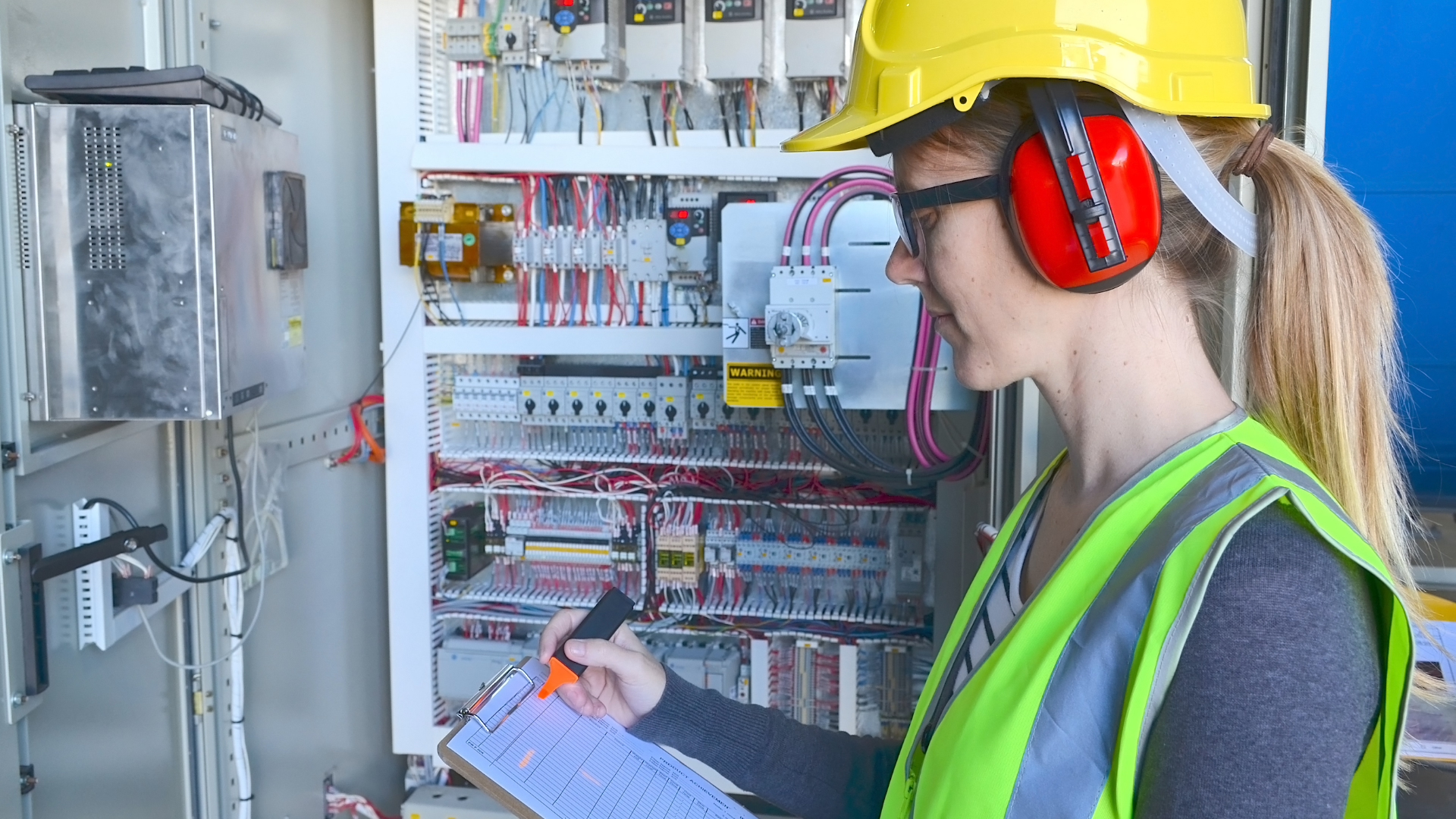In the field of electrical engineering, Australian Standards provide essential guidelines to ensure the safety, reliability, and quality of electrical systems. Among these, AS/NZS 3000, or the Australian/New Zealand Wiring Rules, is one of the most widely referenced standards, offering crucial insights for installing and maintaining electrical wiring and equipment. However, AS/NZS 3000 is just one of many standards relevant to electrical engineering projects across Australia.
In this guide, we’ll explore the role of AS/NZS 3000 and other key Australian Standards in electrical engineering, why compliance is crucial, and how to navigate the standards effectively to ensure safe, compliant, and successful projects.
Understanding the Importance of Australian Standards
Australian Standards are detailed documents that outline best practices, safety requirements, and technical specifications for various aspects of engineering, construction, and other industries. Standards are developed and maintained by Standards Australia and often align with international standards, though tailored for Australia’s unique regulatory, environmental, and operational landscape.
For electrical engineers, adhering to these standards is essential for several reasons:
- Safety and Risk Reduction: Compliance minimises the risk of electrical hazards such as shock, fire, and equipment failure.
- Quality Assurance: Standards set benchmarks for design, installation, and maintenance, ensuring high-quality systems.
- Legal Compliance: Non-compliance with Australian Standards can lead to legal liabilities, project delays, and costly fines.
- Client Trust and Industry Reputation: Meeting or exceeding standards strengthens client confidence and reinforces a company’s reputation for delivering safe, reliable work.
The AS/NZS 3000 Wiring Rules: A Comprehensive Guide
AS/NZS 3000 Electrical installations, also known as the Australian/New Zealand Wiring Rules, is a key standard for electrical installations. This standard covers the selection and installation of electrical equipment, wiring systems, earthing arrangements, and protection requirements. AS/NZS 3000 is updated periodically to reflect advances in technology and changes in safety regulations, so staying current with its guidelines is essential.
Key aspects of AS/NZS 3000 include:
- Wiring and Circuitry: AS/NZS 3000 specifies the types of wiring, conductors, and connectors permitted in various installations, including residential, commercial, and industrial buildings. It provides guidelines on cable selection, voltage drop limits, and circuit protection.
- Earthing and Bonding: Proper earthing is crucial for electrical safety, and AS/NZS 3000 outlines best practices for creating a reliable earthing system. This section covers earthing conductors, bonding, and grounding procedures to ensure safe fault current pathways and protect against electrical shock.
- Overcurrent Protection: AS/NZS 3000 mandates protective devices like fuses and circuit breakers to guard against overcurrent, which can lead to overheating and potential fires. These protective measures are essential for safeguarding both equipment and personnel.
- Safety and Accessibility: AS/NZS 3000 provides guidelines for the safe placement of electrical components to ensure accessibility and ease of maintenance. It includes provisions for emergency shutdowns and isolation points to facilitate a quick response in case of an emergency.
Compliance with AS/NZS 3000 ensures that electrical installations meet Australia’s safety and operational standards. Engineers should keep a copy of the latest version, available through Standards Australia, and ensure that they and their teams are familiar with its specifications.
Other Important Australian Standards for Electrical Engineering
While AS/NZS 3000 is foundational, other standards are equally important for specialised areas within electrical engineering. Here’s a breakdown of several key standards and what they cover:
1. AS/NZS 3008: Electrical Installations – Selection of Cables
AS/NZS 3008 complements AS/NZS 3000 by offering guidelines for cable selection. It covers factors such as current-carrying capacity, voltage drop, and short-circuit ratings, which are critical for selecting the appropriate cable for a specific installation. AS/NZS 3008 is essential in environments with varying load requirements, temperatures, and installation conditions, providing clarity on choosing cables that ensure safe and efficient power distribution.
2. AS/NZS 3017: Electrical Installations – Testing and Inspection
This standard provides guidance on testing and inspecting electrical installations, which is crucial for verifying compliance with AS/NZS 3000 and other applicable standards. AS/NZS 3017 outlines testing methods for continuity, polarity, insulation resistance, and earthing systems, ensuring that installations are safe and meet operational requirements. Regular inspection and testing are mandated for high-risk environments and are important in verifying the longevity and safety of installations.
3. AS/NZS 4836: Safe Working on Low-Voltage Electrical Installations
Safety is paramount when working on live installations, and AS/NZS 4836 sets protocols for minimising risks. It outlines safe work practices for low-voltage systems, focusing on personal protective equipment (PPE), isolation, lockout/tagout procedures, and safe distances. Compliance with AS/NZS 4836 protects workers and ensures that safety remains a top priority during installations, maintenance, and repairs.
4. AS/NZS 3001: Electrical Installations – Transportable Structures and Vehicles
AS/NZS 3001 covers electrical installations in transportable structures and vehicles, such as caravans and mobile units. It outlines specific requirements for earthing, circuit protection, and equipment used in movable installations. This standard is critical for projects involving temporary installations or mobile systems, ensuring safety even in changing or outdoor environments.
5. AS/NZS 61439: Low-Voltage Switchgear and Controlgear Assemblies
For projects involving low-voltage control panels and switchgear assemblies, AS/NZS 61439 is essential. It provides specifications for designing and constructing reliable, safe control panels, outlining requirements for enclosure protection, thermal stability, short-circuit withstand capacity, and temperature rise. Following AS/NZS 61439 ensures that switchgear and controlgear systems are robust and compliant with local regulations.
Tips for Navigating and Implementing Australian Standards
Understanding and applying multiple standards can be complex, but the following tips can help you effectively navigate and implement them across projects:
- Stay Up-to-Date: Standards are periodically revised to reflect new research, technology, and regulatory changes. Subscribe to updates from Standards Australia to stay informed and ensure you’re always compliant with the latest requirements.
- Leverage Digital Tools: Many digital platforms and software programs offer automated checks to ensure designs and installations meet Australian Standards. Tools like ETAP for power system analysis or Procore for project management can streamline compliance, saving time and reducing errors.
- Use Standards in the Design Phase: Begin every project by consulting relevant standards in the design phase. This proactive approach can prevent costly changes and delays later, as installations will already meet necessary guidelines.
- Training and Certification: Standards compliance requires a well-trained team. Ensure that team members are familiar with core standards through ongoing training programs, certifications, and workshops. Organisations such as Engineers Australia offer training and professional development courses focused on standards.
- Consult with Experts: When in doubt, consult with experts who specialise in specific standards. For complex or high-stakes projects, working with a consultant can ensure that all safety, design, and regulatory aspects are addressed.
Australian Standards play a vital role in ensuring the safety, reliability, and efficiency of electrical engineering projects. AS/NZS 3000 remains a cornerstone standard, but engineers must also be familiar with related standards like AS/NZS 3008 for cable selection, AS/NZS 3017 for testing, and AS/NZS 4836 for safe working practices. By integrating these standards into their workflows, engineers can enhance project quality, safeguard workers and end-users, and maintain compliance with Australian regulations.
Standards can be intricate, but by staying updated, using digital tools, and prioritising compliance from the start, engineers can navigate them effectively and confidently. As technology continues to advance and sustainability becomes a greater focus, Australian Standards will remain indispensable in shaping the future of safe and innovative electrical engineering projects across the country.






